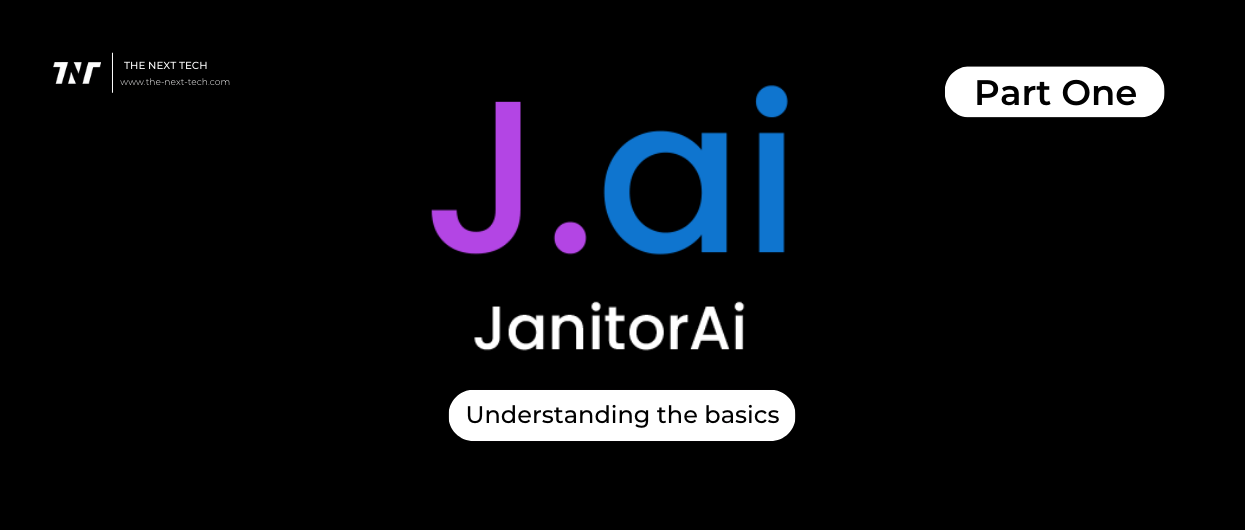Mastering SEO: Effective Techniques for Search Engine Optimization and Google SEO Success
In the digital age, Search Engine Optimization (SEO) plays a crucial role in helping businesses and individuals increase their online visibility. With billions of searches conducted daily, Google SEO techniques are essential for websites to rank higher in search engine results pages (SERPs). This article will provide insights into effective SEO techniques, including on-page optimization, off-page strategies, technical SEO, and the latest trends in search engine optimization.
Understanding SEO and Its Importance
SEO, or Search Engine Optimization, refers to the process of optimizing a website to improve its ranking on search engines like Google, Bing, and Yahoo. The primary goal of SEO is to drive organic traffic by making a website more relevant and authoritative in the eyes of search engines.
With Google’s constantly evolving algorithms, implementing the right Google SEO strategies is crucial for maintaining high search rankings. Websites that rank on the first page of Google receive the majority of clicks, making search engine optimization an essential component of digital marketing.
Key SEO Techniques for Higher Rankings
To achieve Google SEO success, businesses and website owners must adopt both on-page SEO and off-page SEO strategies. Additionally, technical search engine optimization plays a vital role in ensuring that a website is properly structured for search engine crawlers.
1. On-Page SEO Techniques
On-page SEO refers to the optimization of individual web pages to improve their rankings and attract more relevant traffic.
a. Keyword Research and Optimization
- Keywords are the foundation of search engine optimization. Identifying the right keywords with high search volume and low competition can significantly impact rankings.
- Use tools like Google Keyword Planner, Ahrefs, or SEMrush to find relevant keywords.
- Place primary keywords naturally in titles, meta descriptions, headers, and throughout the content.
b. High-Quality Content Creation
- Google prioritizes high-quality, valuable, and original content for SEO rankings.
- Content should be informative, engaging, and optimized with relevant SEO keywords.
- Incorporate multimedia elements like images, videos, and infographics to enhance readability.
c. Optimized Meta Tags
- The title tag and meta description should include the primary SEO keyword.
- Keep title tags under 60 characters and meta descriptions under 160 characters to ensure they display properly in search results.
d. Internal Linking
- Internal links help users navigate a website and improve its structure.
- Linking to related blog posts and pages enhances user experience and boosts Google SEO.
e. Mobile-Friendly Design
- With Google’s mobile-first indexing, having a mobile-friendly website is crucial for search engine optimization.
- Use responsive design to ensure a seamless experience across all devices.
2. Off-Page SEO Techniques
Off-page SEO involves strategies outside the website that help improve its authority and ranking.
a. Link Building
- Backlinks from high-authority websites signal trustworthiness to Google.
- Guest blogging, influencer collaborations, and outreach campaigns are effective ways to earn quality backlinks.
- Avoid spammy or low-quality backlinks, as they can harm SEO rankings.
b. Social Media Marketing
- Social media platforms help drive traffic and increase brand visibility.
- Sharing high-quality content on platforms like Facebook, Twitter, LinkedIn, and Instagram enhances engagement and supports Google SEO efforts.
c. Online Reputation Management
- Reviews and online mentions impact search engine optimization.
- Encouraging positive customer reviews on platforms like Google My Business improves credibility.
3. Technical SEO Optimization
Technical SEO ensures that a website meets the technical requirements of search engines.
a. Website Speed Optimization
- A fast-loading website enhances user experience and improves Google SEO rankings.
- Optimize images, enable browser caching, and use a Content Delivery Network (CDN) to boost site speed.
b. XML Sitemap and Robots.txt
- An XML sitemap helps search engines understand website structure.
- A properly configured robots.txt file guides search engine crawlers on which pages to index.
c. Secure HTTPS Connection
- Websites with HTTPS encryption are favored by Google.
- An SSL certificate enhances security and trustworthiness.
d. Fixing Broken Links
- Broken links negatively impact search engine optimization.
- Regularly check and update broken links to improve site credibility.
Latest SEO Trends in 2025
As Google SEO algorithms evolve, staying updated with the latest trends is essential for maintaining rankings.
1. AI and Machine Learning in SEO
- Google’s AI-driven algorithm, RankBrain, plays a key role in ranking websites.
- AI tools help analyze data, optimize content, and predict SEO trends.
2. Voice Search Optimization
- The rise of smart speakers has increased voice search queries.
- Optimizing content for conversational and long-tail keywords improves search engine optimization.
3. E-A-T (Expertise, Authoritativeness, and Trustworthiness)
- Google emphasizes high-quality content from credible sources.
- Building author authority and citing reliable sources enhance Google SEO rankings.
4. Video SEO
- Video content is gaining popularity, making SEO for videos crucial.
- Optimizing video titles, descriptions, and transcripts improves rankings on platforms like YouTube.
Conclusion
Mastering search engine optimization requires a combination of on-page, off-page, and technical SEO strategies. Implementing Google SEO best practices such as high-quality content, keyword optimization, and link-building can significantly boost rankings. As search engine algorithms evolve, staying updated with the latest trends ensures long-term success in the digital landscape.
By focusing on effective SEO techniques, businesses and individuals can achieve higher visibility, attract more organic traffic, and establish a strong online presence in an increasingly competitive digital world.













2 comments